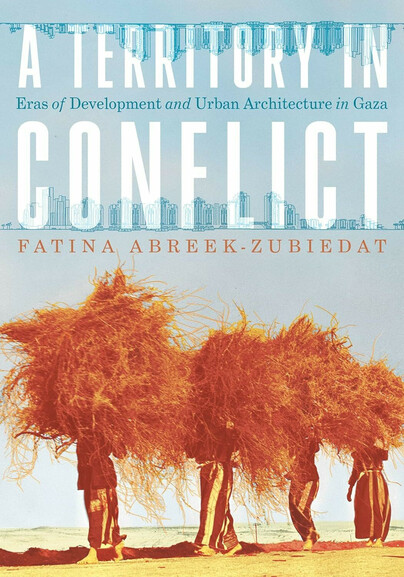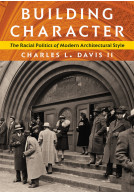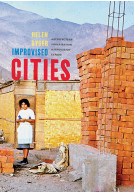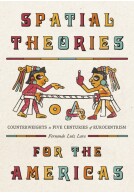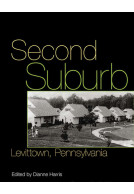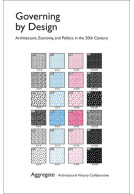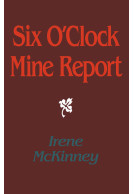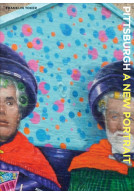Google Books previews are unavailable because you have chosen to turn off third party cookies for enhanced content. Visit our cookies page to review your cookie settings.
A Territory in Conflict (Hardback)
Eras of Development and Urban Architecture in Gaza
Imprint: University of Pittsburgh Press
Series: Culture Politics & the Built Environment
Pages: 288
ISBN: 9780822948452
Published: 15th April 2025
Script Academic & Professional
Series: Culture Politics & the Built Environment
Pages: 288
ISBN: 9780822948452
Published: 15th April 2025
Script Academic & Professional
You'll be £50.00 closer to your next £10.00 credit when you purchase A Territory in Conflict. What's this?
+£4.99 UK Delivery or free UK delivery if order is over £40
(click here for international delivery rates)
Need a currency converter? Check XE.com for live rates
(click here for international delivery rates)
Need a currency converter? Check XE.com for live rates
A new addition to the University of Pittsburgh Press Culture Politics & the Built Environment series
A Territory in Conflict explores Israeli and Palestinian projects of modernization and development in the Gaza Strip, from the outset of Israel’s military occupation in 1967 to the Oslo Accords of 1993. Rather than reduce the Gaza Strip to an arena of war and violence, Fatina Abreek-Zubiedat resurrects the urban and architectural history of Gaza’s cities and the varied perspectives and identities of the people who shaped them.
Through a close examination of planning activities in occupied Palestinian territory focusing on development, settlement, and security, her book highlights the collision between Israeli occupation, Palestinian nationalism, and regional peace processes; politics of class and citizenship; contestation between camps and cities; and the tensions inherent in Israeli development policies designed to establish lasting control over the territory’s demographics and resources. Abreek-Zubiedat probes the power of architecture in conflict zones, illustrating the agency of Gaza’s cultural elite: its mayors, architects, and engineers. At the same time, she draws attention to alternative voices, Gaza’s local inhabitants and refugees—illuminating the conflicts, complexities, and contradictions of settler colonialism in the Middle East. Her innovative approach to urbanization, resettlement, and rehabilitation in the Gaza Strip offers a ground-breaking account of the Israel-Palestine conflict that goes beyond the limited framework of colonizer/colonized binary, restoring Gaza’s cities in the public eye and giving voice to the people who inhabit them.
Other titles in the series...
Other titles in University of Pittsburgh Press...







